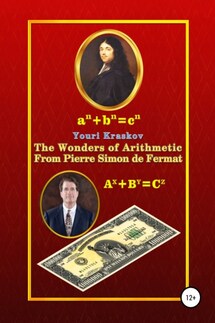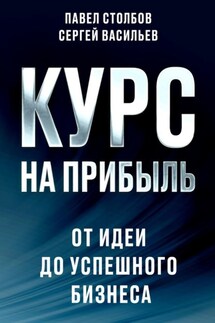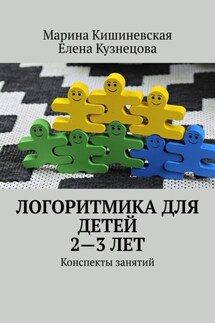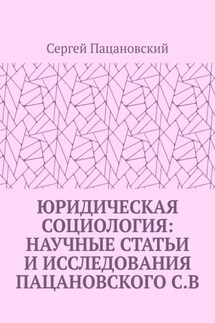The Wonders of Arithmetic from Pierre Simon de Fermat - страница 49
Apparently, there were somehow preserved and then restored written sources of knowledge from a highly developed civilization perished in earlier times. Only especially gifted people with extrasensory abilities allowing them to understand written sources regardless of the carrier and language, in which they were presented, could read and restore them. Euclid who was most likely a king, involved a whole team of such people, while Diophantus coped itself one and so the authorship of both appeared although in fact it was not the scientists who worked on the books, but only scribes and translators. But now we come back to the very task 8 from the second book of “Arithmetic” by Diophantus: Decompose a given square into the sum of two squares.
In the example of Diophantus, the number 16 is divided into the sum of two squares and his method gives one of the solutions 4>2=20>2/5>2=16>2/5>2+12>2/5>2 as well as countless other similar solutions51. However, this is not a solution to the task, but just a proof that any integer square can be made up of two squares any number of times either in integer or in fractional rational numbers. It follows that the practical value of the Diophantus method is paltry since from the point of view of arithmetic, the fractional squares are nonsense like, say, triangular rectangles or something like that. Obviously, this task should be solved only in integers, but Diophantus does not have such a solution and of course, Fermat seeks to solve this problem himself especially since at first, he sees it as not at all complicated.
So, let in the equation a>2+b>2=c>2 given the number c and you need to find the numbers a and b. The easiest way to find a solution is by decomposing the number c into prime factors: c=pp>1p>2…p>k; then
c>2=p>2p>1>2p>2>2…p>k>2=p>2(p>1p>2…p>k)>2=p>i>2N>2
Now it becomes obvious that the number c>2 can be decomposed into a>2 + b>2 only if at least one of the numbers p>i>2 also decomposes into the sum of two squares.52 But this is a vicious circle because again you need to decompose square into a sum of two squares. However, the situation is already completely different because now you need to decompose a square of prime number and this circumstance becomes the basis for solving the task. If a solution is possible, then there must exist such prime numbers that decomposes into the sum of two squares and only in this case in accordance with the identity of the Pythagoreans, you can obtain:
p>i>2=(x>2+y>2)>2=(x>2−y>2)>2+(2xy)>2
i.e. the square of such a prime will also be the sum of two squares. From here appears the truly grandiose scientific discovery of Fermat:53
All primes of type 4n+1 can be uniquely decomposed into the sum of two squares, i.e. the equation p=4n+1=x>2+y>2 has a unique solution in integers. But all other primes of type 4n−1 cannot be decomposed in the same way.
In the Fermat's letter-testament it was shows how this can be proven by the descent method. However, Fermat’s proof was not preserved and Euler who solved this problem had to use for this all his intellectual power for whole seven years.54 Now already the solution to the Diophantine task seems obvious. If among the prime factors of number c there is not one related to the type 4n+1, then the number c>2 cannot be decomposed into the sum of two squares. And if there is at least one such number p






